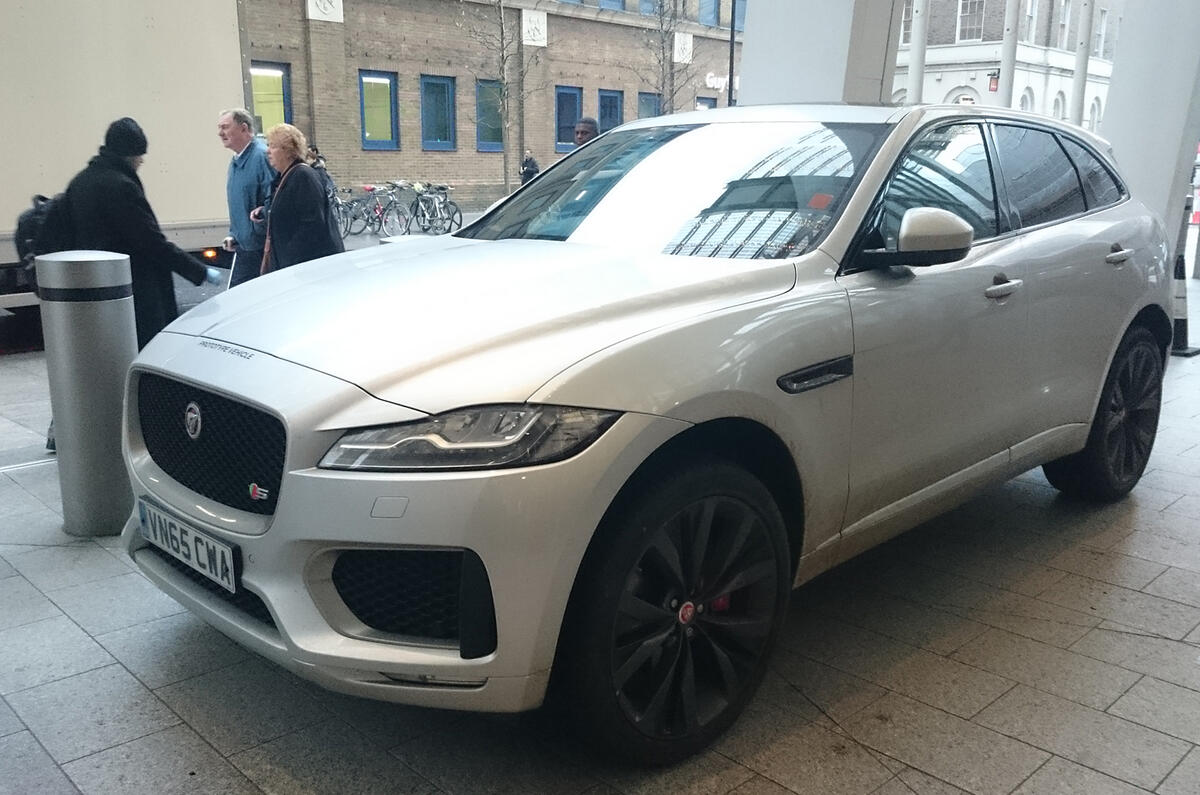We were 20 minutes into the press questions following Jaguar’s Formula E announcement at the Shard in central London before somebody mentioned Formula 1.
Jaguar’s press chief laughed that it had taken that long: I suspected he hoped the morning's conference would pass without the company’s disastrous three-and-bit-season foray into F1 being referenced by the assembled journalists.
Admittedly, it seemed almost rude to mention it. Jaguar was a completely different company back then.
In 2000, Jaguar was part of Ford’s Premier Auto Group, which was led by the former BMW engineering legend Wolfgang Reitzle. It had also become - for the second time in its history - a sister company to Land Rover, which Ford also purchased that year.
And here’s another way the Jaguar of 2000 was very different to today’s company: it sold more cars than it did in 2014. The company shifted 35,000 cars in Europe that year. This, thanks mainly to the much-maligned X-Type, rose to 60,000 by 2004. In 2014 Jaguar sold just 29,000 cars in Europe.
The story was much the same in the US. Jaguar shifted about 61,000 cars in 2002, a figure which had dwindled to just 16,000 cars in 2014. By contrast, Land Rover sold 41,000 cars in the US in 2002 and nearly 52,000 in 2014.
From these bare figures, you can see why the F-Pace crossover was commissioned. The US is a SUV-obsessed and Jaguar had to get into that market sector as quickly as it could.
But you can also see why Jaguar will be producing all-electric cars in the very near future. This is a brand that is proving difficult to revive and increasingly looks like it is bogged down in a glorious past. Getting onto the leading edge of automotive electrification is just the sort of period ultra-modernity that made icons of the post-war XK sports car and original E-Type.
Formula E, said James Barclay, the new team manager, is ideal for Jaguar "because the race is in city centres and the fan base is in the city". He also said "costs were capped" for entrants and the engineering work being executed by JLR and partner Williams Advanced Engineering was going to feed into "real-world usage".
Nick Rogers, JLR’s group engineering director, wouldn’t say which brand would be first on the market with an electric vehicle. But as Autocar has already revealed, an electric F-Pace is on the way, and Autocar’s readers have already spotted Jaguar saloon engineering mules that appear to have in-wheel motors.
Much of the need to revamp Jaguar’s image can be seen in the most recent sales figures. According to accounts for the 2015 July-September financial quarter, the new XE saloon shifted 9300 units globally, helping Jaguar to sell 22,600 cars around the world. The new XF and F-Pace give that total a further significant boost, but Jaguar will remain a relative minnow in the global premium car market.
It makes good sense to try and supercharge the Jaguar image with cutting-edge electric mobility. This is a historic brand that needs to be thrust uncompromisingly into the future if it is to prosper.




Join the debate
Add your comment
Maybe if they looked like Jaguars...
The problem with your first
Jaguar needs to prioritise
@LP in Brighton
Formula E is Not Great, Try World Endurance Championship
If Jaguar were serious, they'd go to the WEC and take on Porsche and Audi